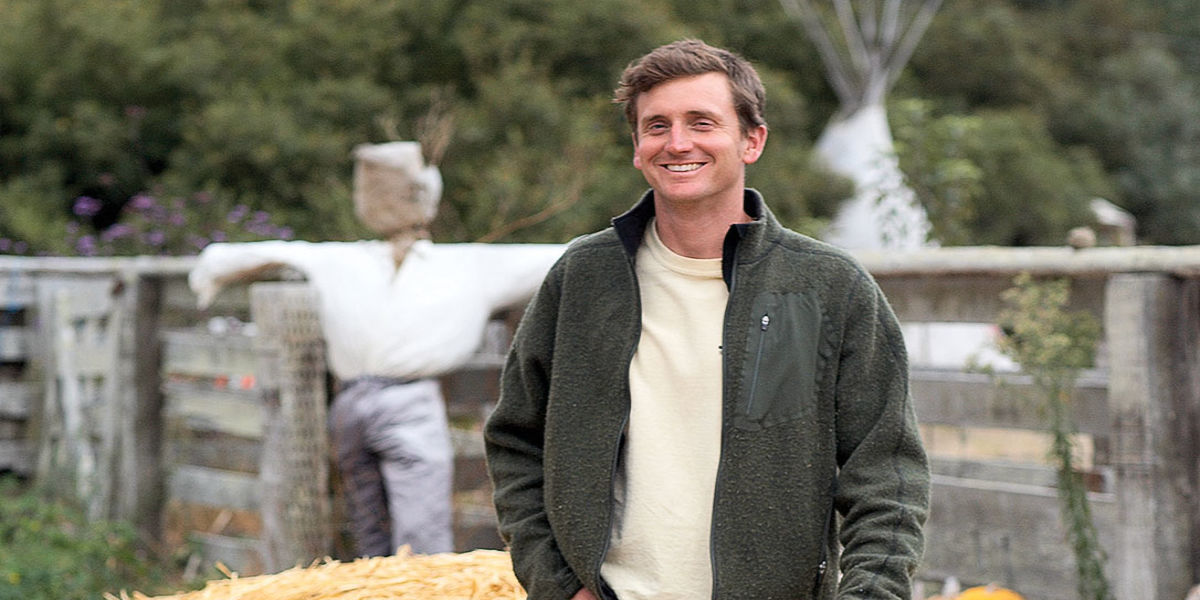
How to Compost: Dos and Don’ts for Making Healthy Soil
A master composter shows how to cook up some power food for your soil

Healthy gardens start with healthy soil. And there’s no better ingredient than compost, whether you till it into beds or use it as mulch.
Ned Conwell is up to his elbows in the stuff, both as a farmer and as a teacher: He uses as much as he can make at Blue House Farm, a produce and flower farm he co-owns in Pescadero, California, and he also teaches composting at the Regenerative Design Institute, located up the coast in Bolinas.
“Once it’s in the soil, compost increases fertility; adds both micro- and macronutrients; buffers pH; and improves soil structure,” Conwell says. Below is his foolproof method for making compost.
COMPOST DOS AND DON’TS
Do compost
Nearly any plant material, including the following:
Brown matter
Dried leaves, hay, straw, sawdust, wood chips, and shrub and tree prunings. Ned Conwell collects his brown matter, but you can also use straw from a feed store. He puts branches and anything thorny in a separate slow-roast pile in the corner, where it breaks down over a much longer period of time. To hasten composting, chop or mow prunings into pieces 2 inches or smaller.
Green matter
Green weeds, fruit and vegetable scraps, cover-crop remains, and fresh grass clippings. Also coffee grounds, tea bags, and uncomposted manure from cows, goats, horses, or poultry. Pine needles take longer to break down, while compounds in black walnut and eucalyptus leaves can inhibit growth in other plants; compost those greens only if you combine them with lots of other vegetative waste.
Don’t compost:
- Animal products (bones, meat scraps, dairy products)
- Plants with fungal diseases such as fire blight or verticillium
- Seedy or rhizomatous weeds like purslane, Bermuda grass, or bindweed
Do turn the pile often
Let the pile heat up for 10 to 14 days. When the temperature inside reaches 140° or 150° F, pull off the straw cap and turn the pile by pushing it over and dividing it. Then reassemble it, but not in layers, and put the straw cap back on. When the temperature climbs back to 130° or 140° f, turn the pile again. In all, Conwell turns his pile three times in 4 to 6 months, adding water if it starts to dry out. After the first two temperature-based turns, the more often you turn your pile, the quicker it will break down into compost.
Do heat it up
The smaller the pieces, the faster they’ll compost. (Run the lawn mower over big, leathery leaves before adding them to the pile.) To check the pile’s temperature, Conwell uses a 20-inch-long compost thermometer, available at some nurseries and garden centers and from Peaceful Valley Farm & Garden Supply (from $12).
